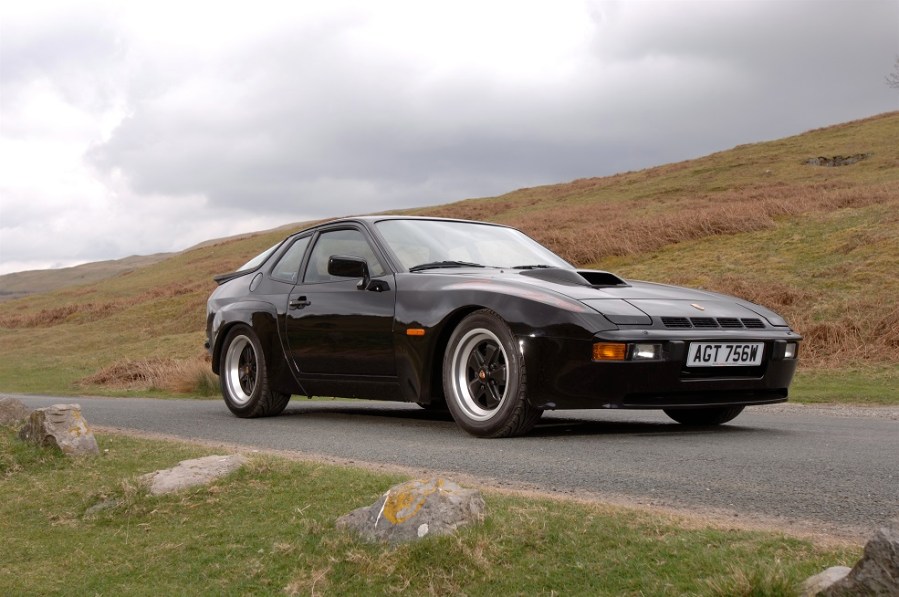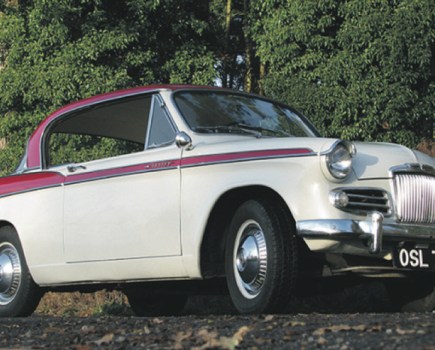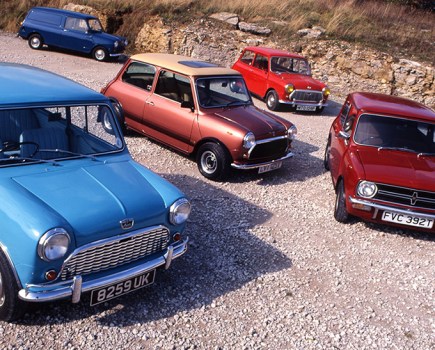When new, you wouldn’t ever consider a Porsche the affordable option. Where once they were pricey aspirational cars, today they sit firmly in the affordable bracket for many. Here’s a quick look at which Porsches you can get your hands on with an affordable budget.
Porsche made a big thing about the Boxster’s links to the 550 Spyder when it was launched to a captivated public in 1996. However, we’re not quite so sure that the Spyder was the true inspiration. After all, it wasn’t Porsche’s first attempt at a mid-engined two-seater for the masses – a concept which, however you view it, didn’t really apply to the 550. The Boxster may not have had a targa roof, but the concept was just as sound as it had been in 1969.
The 911’s always been the brand’s halo car, but small Porsches have always had a charm and balance which if anything make them more appealing. They’re more affordable too. So don’t overlook them – here’s our guide to the best bargain basement Porsches of the last fifty years.
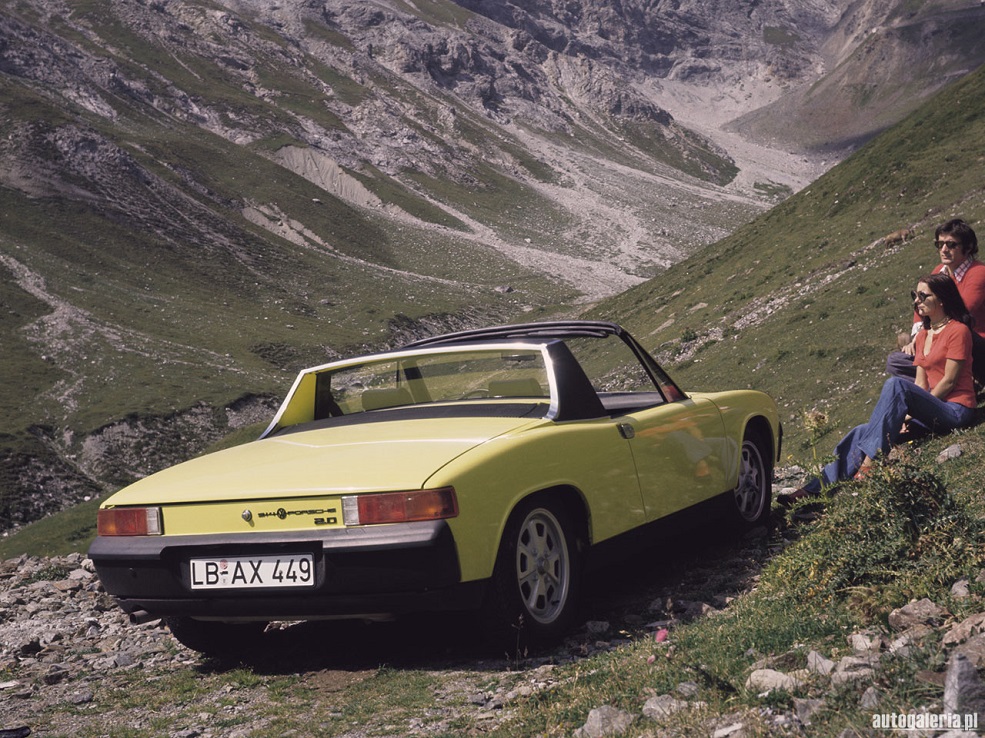
914
The Porsche 914 had a difficult birth. It was a project designed to meet the needs of two very different companies; and to round off a verbal arrangement put in place several years earlier. Volkswagen needed a replacement for its Type 3 Karmann Ghia; a sporting model to sit at the top of its range and attract new buyers to the Volkswagen brand. Porsche wanted a sports car to sit beneath the 911 – the market the 356 had effectively filled, and which had in the meantime been occupied with the 356-engined 912.
Volkswagen had subcontracted the development of its cars to Porsche since the company was established -the result of a verbal agreement between the Porsche family and VW chairman Heinz Nordhoff. Just one more project was needed to round this deal off – it was felt that as both companies needed similar cars, the 914 would be the perfect way to round the deal off. However, with Nordhoff’s death in 1968 came a problem; new chairman Kurt Lotz had no such personal agreement and refused to share the project if Porsche didn’t pay its share of the tooling. Lotz arranged a deal in which Porsche’s cost per unit was considerably higher than VW’s own, effectively rendering it unfit for purpose as an entry level model. However, his methods of accounting in general didn’t suit he board – this was effectively Lotz’s only major project while chairman and he was invited to step down shortly afterwards.
Not that that helped Porsche much – barring the concession that in the brand-conscious United States both models would be sold as Porsches to avoid causing damage to the sporting brand’s image. This move helped make the 914 Porsche’s most successful model range, through considerable 914/4 sales. The price of its own 914/6 derivative was such that it accounted for relatively few sales. Body production was by Karmann – completing 914/4s in house with Volkswagen based drivetrains and shipping 914/6 bodies to Porsche to be fitted with the flat six from the 911T.
914 values are difficult to place in the UK, in part owing to their scarcity. But £20000-25000 should secure a decent 914/4, and a 914/6 in reasonable condition should be around the £60000 mark. Beware of home-brew conversions; they won’t be worth as much as genuine 914/6s.
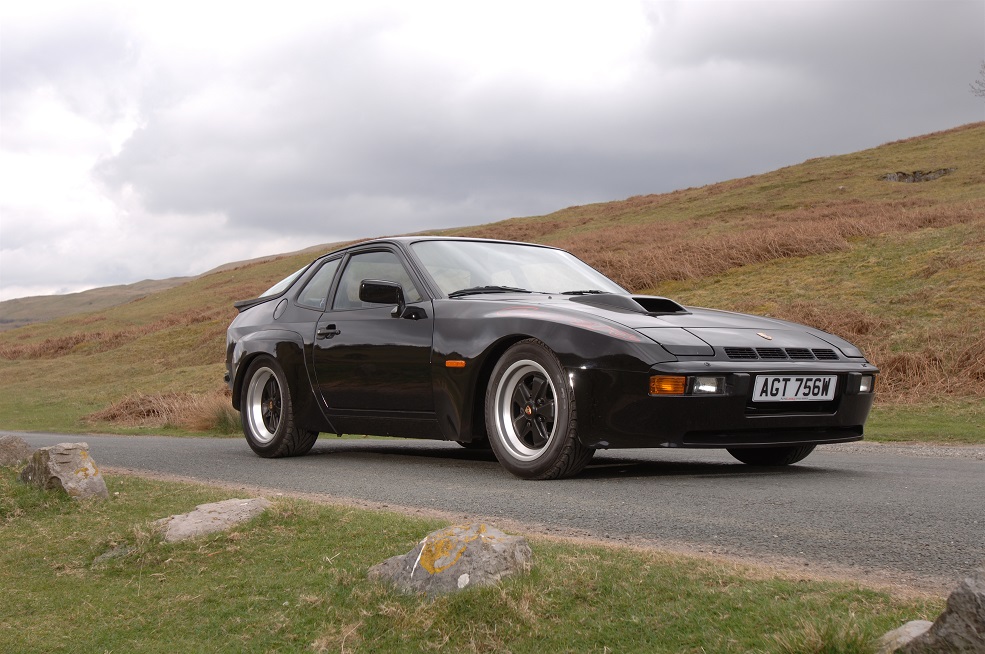
924
Similarly to the 914, the Porsche 924’s development was linked with the Volkswagen group. The car was initially developed as a replacement for the 914/4, to be badged and sold as an Audi. But the 1973 oil crisis and director changes within VW meant that the project was scrapped in favour of the simpler VW Scirocco; based on the yet-to-be-launched Golf platform. Porsche still needed a car to replace the 914 itself, so made a deal with Volkswagen to buy out the scrapped design and continue with production itself.
The original deal had involved VW and Porsche collaborating to produce a car around an extant engine and gearbox within the VW group. Porsche chose the EA831 engine; originally developed by NSU and then used by Audi in the 100 saloon. Time to quash a myth – it did not originate in the VW LT van – and while a similar engine WAS used in vans later, the 924 had Porsche-designed heads.
Porsche had chosen a front engine, rear drive layout with a transaxle in order to ensure good weight distribution – which it achieved with a 48/52 split front to rear. The car was built at VW’s former NSu factory at Neckarsulm – in an amusing twist, the design that VW had subcontracted to Porsche to develop was now being subcontracted back to VW for production.

The car was positively received, though criticised initially for its lack of performance and its disc/drum braking setup. Both faults were allayed with the 924 Turbo of 1979 – a model designed to bridge the gap between the 924 and the larger, more expensive 911. Reliability suffered, largely through a lack of public awareness of how to maintain a turbo setup.
A better performance derivative was created in 1986, following VW’s decision to cease production of the EA831 engine block. By fitting a detuned variant of the 944’s 2.5-litre four cylinder, Porsche imbued the 924 with the sort of power it should always have had. Late examples, with a higher compression ratio, are actually quicker than base spec 944s as a result of lighter weight and better aerodynamics.
924s are still inexpensive, though rising. £3500 should get something tidy, while a 924S should be available for under £5000. Turbos are more expensive – but £15000 should be enough. Our picks for a combination of investment potential and fun would either be a tidy early 924, or a late 924S.
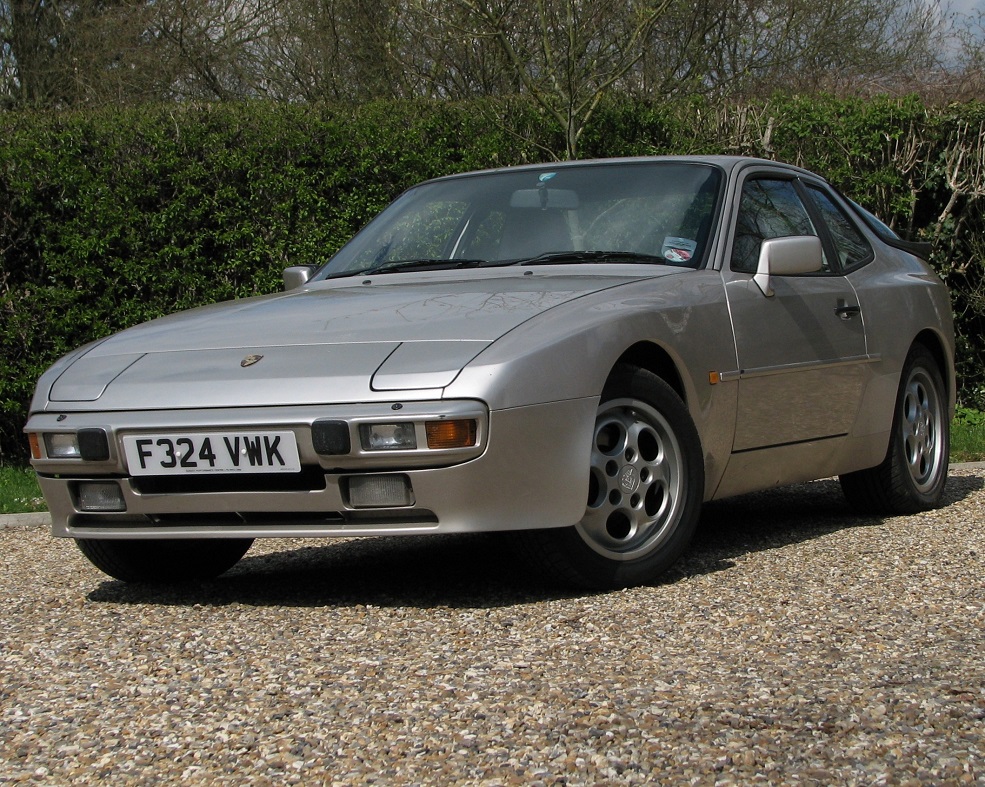
944
When the 924 was discontinued, the 944 became Porsche’s entry level car. But it wasn’t originally intended as such – it was a stepping point between the 924 and 911 almost in the same way the old 914/6 had been ten years earlier.
Launched in 1982, the 944 recipe was simple. Step 1: Pump up the body of the 924 in the same way as Audi had successfully done with the ur-quattro a few years earlier -wider wheelarches, a chin spoiler, boot spoiler and wider wheels. Step 2: Fit a new engine – still four cylinders but now derived from the 928’s V8, displacing 2.5 litres and producing 163bhp. Step 3: Market it. Unsurprisingly, its appeal was widespread – from stockbrokers looking to enjoy their bonuses to driving enthusiasts pleased that such a well balanced car now had the power that its chassis deserved.
That engine also featured twin counter-rotating balance shafts of Lanchester design, smoothing out the inherent coarseness of the four cylinder design. The spread of power and torque was good – and the handling balance remained just as good as before. The Porsche 944 remains one of the best chassis available almost forty years after its launch, and it has a band of fanatical devotees as a result.

Further developments of the theme followed – the 1986 944 Turbo with 220bhp, the 16v 944S of 1988, and even a convertible in 1989 to coincide with the launch of the updated 944 S2.
The 944 was replaced by the 968 – technically a 944 S3, though with enough change to warrant a new name. Popular among club racing participants, it was discontinued to make space for the Boxster.
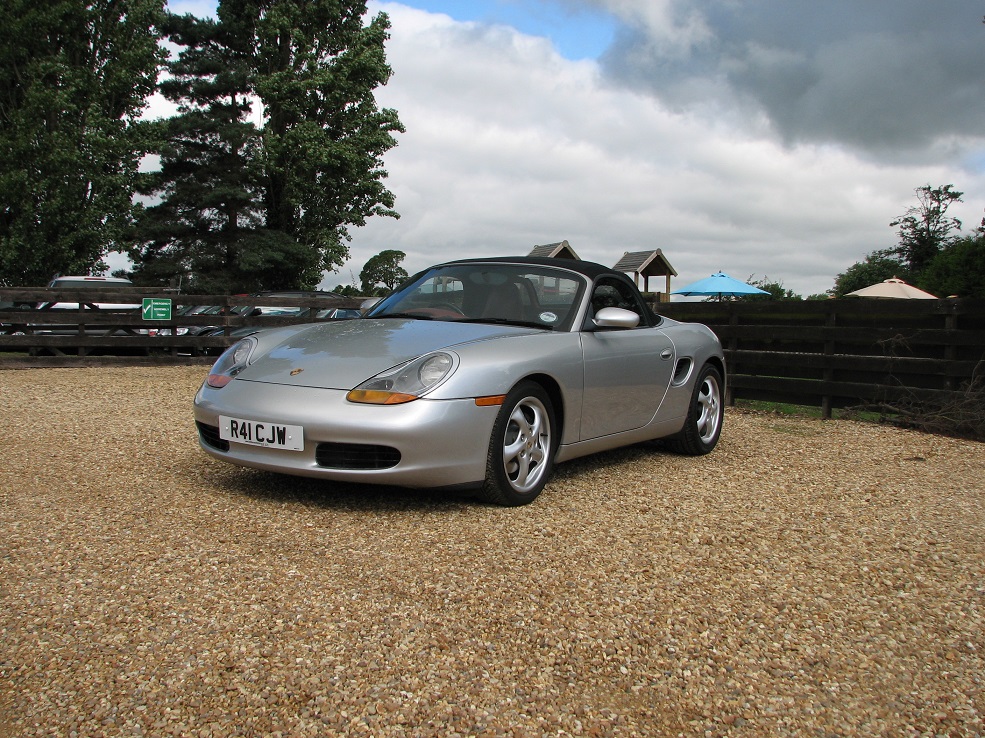
Boxster
The 944 begat the more focused 968 – and while that was loved by Porsche devotees, the decision was taken to revitalise the small car line with a car that was truer to traditional Porsche themes. The Boxster concept claimed to hark back to the 550 Spyder, though there was evident 914 influence in the concept of an affordable and accessible convertible Porsche. To save money, much of the project was shared with the forthcoming new 911; the headlamps, bonnet, front wings, interior and engine architecture were identical to the larger car.
A 2.5-litre derivative of the new 911’s water-cooled flat six was used, maintaining a clear performance gap between the Boxster and the more expensive 911. Improved production streamlining with help from Toyota cut the cost of manufacture, and the Boxster’s popularity is credited with saving the brand’s fortunes in the mid 1990s. In a recession-stricken world, Porsche’s previous ageing product range was being viewed less and less favourably by the few who had the right kind of disposable income – and the brand’s association with city traders meant that a traditional Porsche had become socially unacceptable.
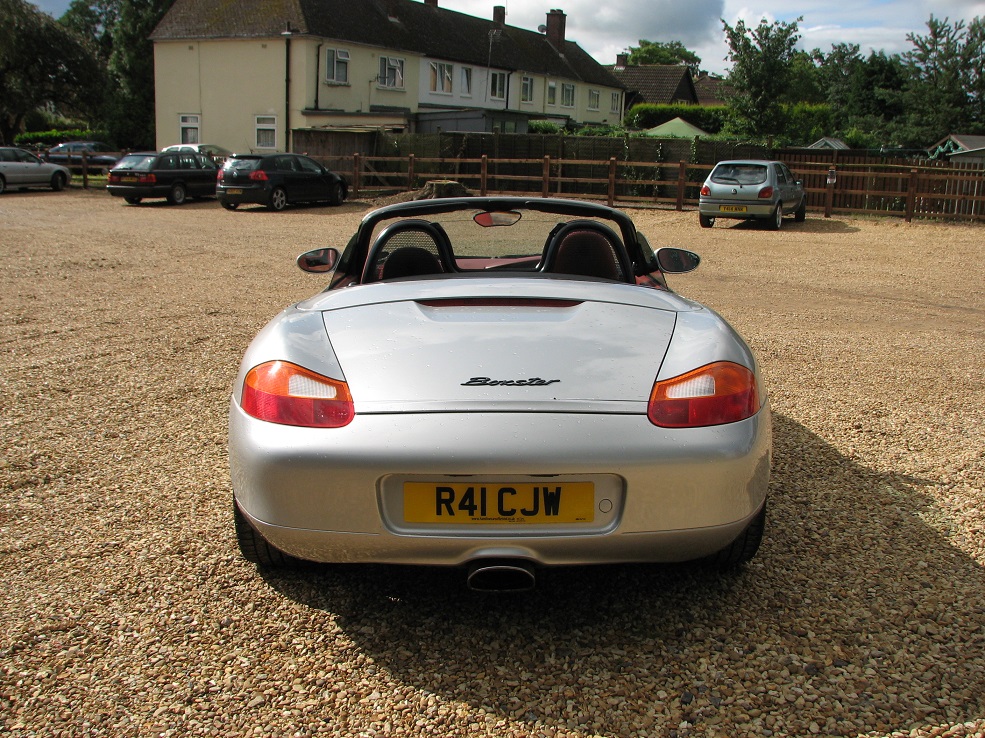
Between 1996 and 2003 the Boxster was Porsche’s best seller – and just 11 years after the launch of the Boxster Porsche had become the most profitable car company in the world, per unit. Boxsters are just as cheap as 924s – if not cheaper. £3000-5000 should buy something very usable, especially if you take advantage of the winter drophead slump.
Conclusion
Fifty years on from the launch of the 914, the market for a small mid engined Porsche roadster is stronger than ever. A concept which worked then has both saved the company and taken it from strength to strength; something the iconic 911 could never have done alone. The company today owes the 914 a debt, and yet of all Porsches it’s arguably the least well known. As it reached the half century, it’s time for us to celebrate this forgotten hero.

